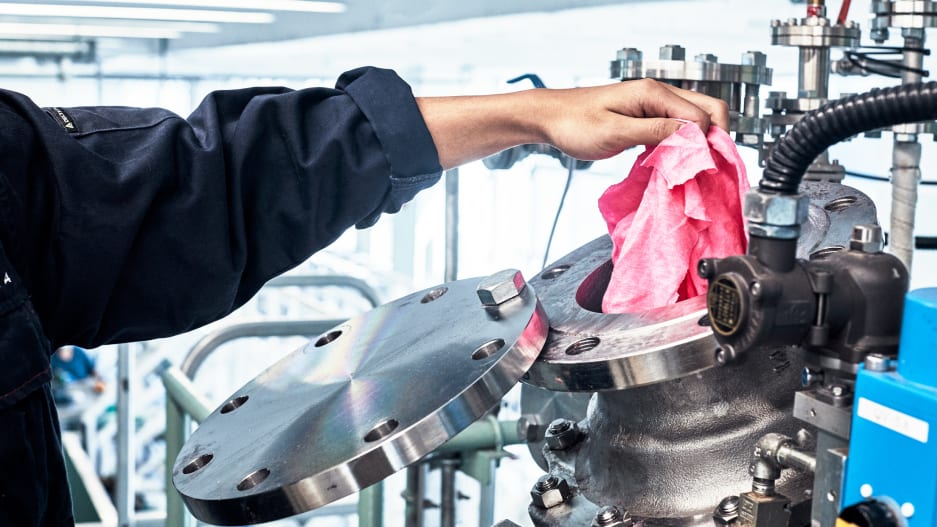The Download: Widely considered the pioneer of waste-generating fast fashion, H&M Group is investing $100 million into a new consumer recycling technology called the Green Machine through its seven-year-old foundation. H&M is one of the biggest polluters in a pollution-heavy industry: The retailer produces 3 billion garments per year, which amounts to $22 billion in revenue including $4.1 billion of unsold clothes as recently as 2019. The amount of unsold clothes is so big that some of it has even been used for fuel at a Swedish power plant.
Why It Matters: H&M’s fast fashion model, replicated by brands such as Zara and Gap, has helped fuel the meteoric rise in clothing waste. 100 billion garments, about 92 million tonnes, purchased every year are thrown away (the usage rate of a piece of clothing is seven to ten times before it’s discarded.) Between 2000 and 2015, the number of garments produced doubled from 50 billion to 100 billion.
Overall, the fashion industry is responsible for 10 percent of global carbon emissions, 20 percent of all wastewater, and half a million tons of ocean microplastics—the equivalent of 50 billion plastic bottles—on an annual basis. The Green Machine uses hydrothermal technology to break blended fabrics into reusable fibers, a notoriously difficult practice, and can process at least 1.5 tons of cloth per day. Producing the recycled fibers only adds two cents to the cost of manufacturing a T-shirt with virgin polyester, making it an accessible option for fashion brands.
In Their Own Words: “There’s no question that we’re producing more garments than people buy, people are buying more than they really need, and the planet can’t cope,” says former CEO and current chairman Karl-Johan Persson. “I think the solution is not to stop consuming, but to preserve jobs. The solution is to consume more responsibly and to invest more resources in innovation that will allow us to be more sustainable.”
While sustainability is an important part of the solution, others warn it’s not a panacea. “We need to keep advancing these sustainable technologies,” says Maxine Bédat, founder of the New Standards Institute. “But when H&M highlights these circular solutions that are so minuscule compared to their growth trajectory, I think we have every reason to be skeptical.”
Francois Souchet, fashion lead at the Ellen MacArthur Foundation, echoes Bédat. “The solution to the environmental crisis is to change your business model so you don’t rely on increasing volume to sustain your financial targets. You need to figure out how to decouple your economic growth from volume.”
Surface Says: We’re all for the circular fashion movement, but its effect will be inconsequential until there’s widespread adoption of conscious consumerism efforts such as rental subscription services and ubiquitous resale marketplaces.

